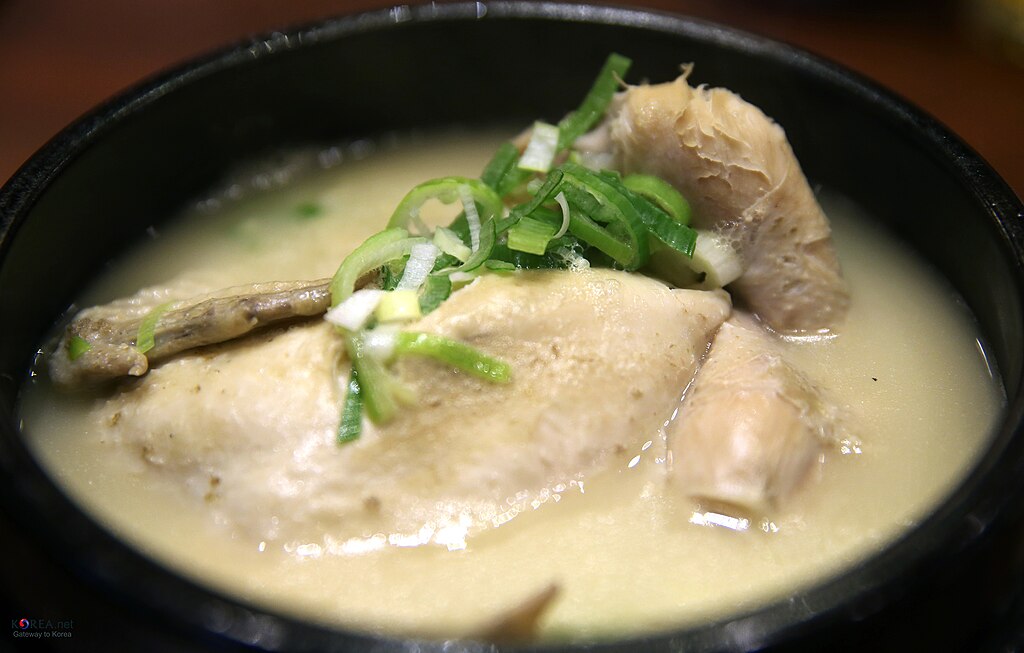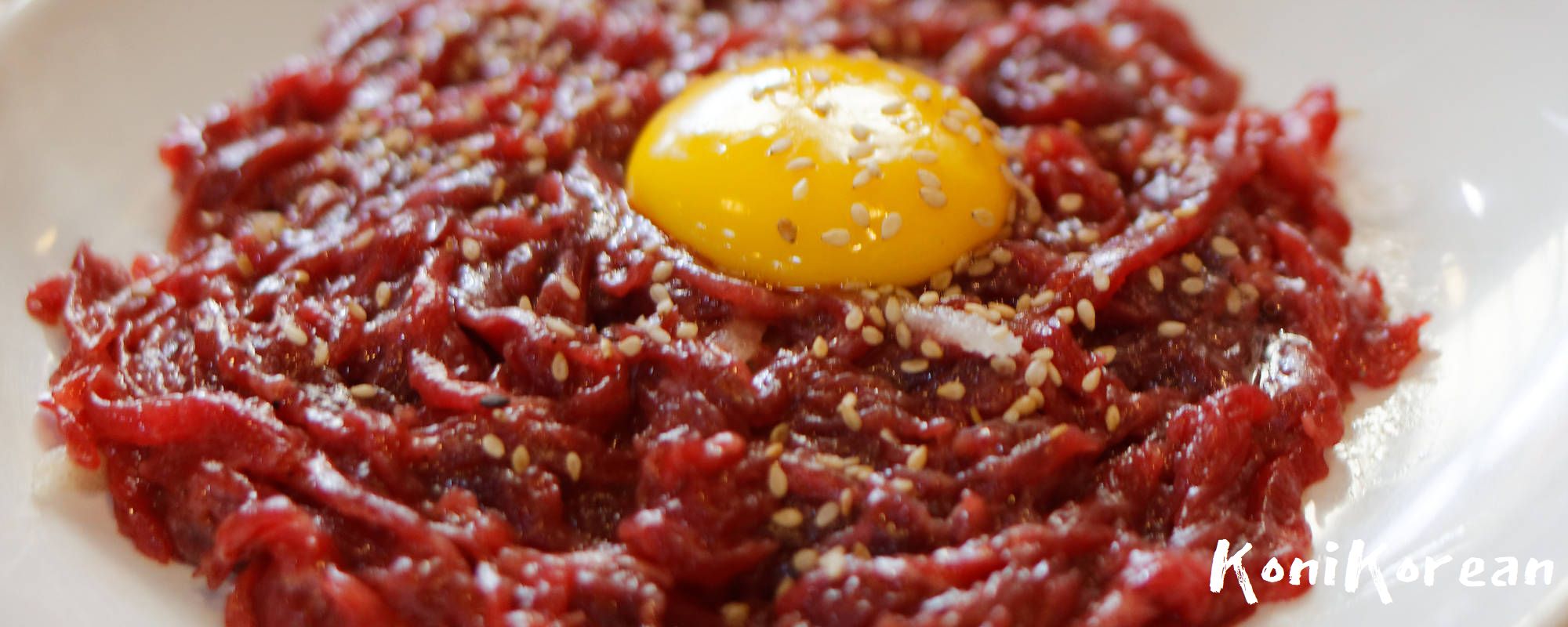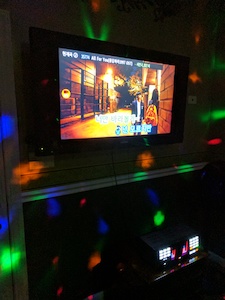Culture
Explore the richness of Korean culture on KoniKorean. See our 노래방 (Norebang, or Korean karaoke) and Movies subsections.
Korean culture extends far beyond the global phenomena of K-pop and K-dramas. It’s a fascinating blend of Confucian traditions and cutting-edge modernity, where 정 (jeong)—deep emotional bonds between people—coexists with the world’s fastest internet speeds. From the communal experience of 찜질방 (jjimjilbang) saunas to the intricate rules of age hierarchy, Korean culture offers endless discoveries for curious minds.
Understanding Korean culture means appreciating both its ancient roots and rapid transformation. The concept of 눈치 (nunchi), reading social situations intuitively, shapes daily interactions. Meanwhile, 한 (han), collective sorrow and resilience, influences everything from cuisine to cinema. Modern Korea balances 빨리빨리 (ppalli-ppalli) culture—the urgency to do everything quickly—with centuries-old tea ceremonies and temple stays.
This section guides you through Korea’s cultural landscape: navigating social etiquette, understanding drinking culture and games, discovering traditional markets like 광장시장, and appreciating 아재입맛 (ahjussi taste) foods. Whether you’re planning a visit, studying Korean, or simply curious about this dynamic culture, you’ll find practical insights and authentic perspectives that go beyond surface-level observations.
Movies
Korean cinema has evolved from a niche interest to a global phenomenon, captivating audiences worldwide with its unique blend of genres, emotional depth, and cultural authenticity. From the Oscar-winning triumph of 기생충 (Parasite) to the heart-wrenching narratives of 올드보이 (Oldboy), Korean films offer viewers an immersive journey into the complexities of Korean society, history, and human experience.
Korea's August Academic Awakening
Korean families transform August into the world’s most intensive academic preparation season, combining ancient Confucian traditions with modern technology. More than 4 out of 5 students attend hagwons during this critical period as families invest over $20 billion annually in supplementary education, creating an educational mobilization unmatched globally.Beat the Heat: 7 Lesser-Known Korean Summer Foods You Need to Try
When the scorching Korean summer hits and you start losing a gallon of sweat every day, you can turn to the traditional knowledge hidden in regional Korean cuisine to keep you cool through the hottest days of the year. Get ready to discover how Korea’s regional food traditions turn summer heat into deliciousness through the fascinating philosophy of iyeolchiyeol ( 이열치열) - literally “fighting fire with fire.”

Ministry of Culture, Sports and Tourism Korean Culture and Information Service Korea.net(www.korea.net) JEON HAN
While you might know naengmyeon, bingsu, or samgyetang, we’re diving deep into Korea’s lesser-known regional summer specialties that showcase the incredible diversity of Korean cuisine. From Jeolla Province’s soul-warming kongguksu to the refreshing simplicity of oi naengguk, these dishes represent centuries of Korean wisdom about staying healthy and energized during the hottest months of the year.
Understanding Jangma: Korea's Monsoon Season and Its Cultural Significance
When the first heavy raindrops begin to fall across the Korean Peninsula in late June, they signal more than just a change in weather. The arrival of jangma (장마), Korea’s monsoon season, represents a profound cultural phenomenon that has shaped Korean civilization for millennia. Far beyond its meteorological impact, jangma influences everything from artistic expression and culinary traditions to social behaviors and spiritual practices, making it an essential part of Korean cultural identity.
Food Guide to Gwangjang Market (광장시장)
광장시장 (Gwangjang market) is a prime location in Seoul for eating various Korean foods. Do not expect to find strict hygiene standards or to seat on a nice chair; you will, however, be surprised by the food offerings in the market. From 육회 (shredded raw beef) to 빈대떡 (mungbean pancake), 광장시장 does not disappoint. This post lists the most popular foods to eat in 광장시장 Gwangjang market, as well as some tips to have the best experience while navigating the numerous stalls and restaurants.
Top 3 Emblematic Foods of 광장시장
육회 (肉膾) Yukhoe or Shredded Raw Meat

육회 is one of the three emblematic foods of 광장시장. 육회, as sold in this market, is shredded raw beef served with an egg yolk on top of Korean pear. The dish comes with salted sesame oil; dip the meat in it to enhance the flavor even more. Because 육회 has to be extremely fresh and is easily contaminated if improperly handled, prefer eating it at the restaurants of the market rather than the food stalls in the middle of the alleys. At least one restaurant, 부촌육회, is in the Seoul Michelin guide; I, however, prefer 창신육회 for the more authentic experience (poor seating but cheaper and almost as good). Most restaurants in 광장시장 also offer 육사시미 (beef sashimi) and 육회낙지탕탕이 (live octopus 낙지탕탕이 mixed with shredded raw beef, see 아재입맛 for a picture and of 낙지탕탕이), but I advise against ordering these items as they are pricier than 육회, unless you are confident enough and trust the restaurant. Pair 육회 with 막걸리.
Ahjussi Taste: Best Traditional Korean Foods (아저씨 입맛)
Some of the best Korean foods are also the oldest. People who love traditional foods that usually have a strong flavor or repulsing appearance are said to have an 아저씨/아재 입맛, or ahjussi taste. Learn about some of these traditional foods below.
곱창 Gopchang or Grilled Small Intestines

Small intestines of a cow or a pig. The word 곱창 by itself usually refers to grilled small intestines, also called 곱창구이. It can also be eaten in a hot pot (곱창전골) or as a sausage (cf. 순대). Prefer 양념곱창 (marinated 곱창) over regular 곱창 if you doubt the quality of the restaurant. 곱창 tastes best with soju.
Beyond Soju: the World of Korean Alcohol
Korean culture has swept the globe – K-Pop, K-Dramas, K-Beauty, and undeniably, K-Food. And what pairs better with delicious Korean cuisine than its unique and varied alcoholic beverages? While the small green bottle of Soju (소주) might be the most internationally recognized face of Korean alcohol, it’s merely the tip of the iceberg. The world of sul (술), the Korean term for alcohol, is incredibly rich, steeped in history, and offers a flavour profile for every palate.
The global interest in Korean culture continues to boom, making it the perfect time to explore beyond the familiar and discover both the celebrated staples and the hidden gems of Korean brewing and distilling traditions. Get ready to pour yourself a glass (or a traditional bowl!) and explore!
Popular South Korean Drinking Games
One aspect of South Korean culture becomes very apparent after a few days in the country: the drinking culture is pretty developed. Alcohol made in South Korea is cheaply available in most convenient stores, and drinking establishments are open late at night/until early morning. South Koreans use alcohol to socialize and have developed many drinking games to do so. These games are especially popular among college students and in the army.
All the South Korean drinking games in this article play clockwise or counter-clockwise; just agree with other players before starting.
안녕클레오파트라 – Annyeong Cleopatra (Hello Cleopatra)
This simpler game consists of taking turns repeating the same song with a higher pitch than the previous player.
KPOP group Wanna One demonstrate the game 안녕클레오파트라 (Hello Cleopatra) in the video below.
노래방 - Korean Norebang (Karaoke) (and their complicated remote)

Some of the etiquette rules governing 노래방:
- Do not queue several songs at once, but let other people queue their own songs.
- Avoid looking at your phone frequently, as it is considered rude.
- If you see that you do not know a song as much as you thought, skip it (press 취소 followed by 시작 on the remote)
One of the barriers of entry to 노래방 for foreigners is probably the seemingly overly complicated remote. Learn the various features of the remote prior to going to 노래방 so that you can make the most of your time there! Check the picture (divided by zone) and the corresponding vocabulary below. You can also download this information and print it to take it with you to your next 노래방 session! If you live too far from a karaoke place, you can also buy a Korean karaoke machine for home use.
Washer & Dryer
Doing the laundry in Korea can be a daunting task, especially if not too familiar with its related words (drying, pre-wash, etc.) Similar to the 노래방 remote post, here is a breakdown of the common words written on washers and dryers (usually the same unit in Korea), and a photo example of how it looks like on a commercial machine.